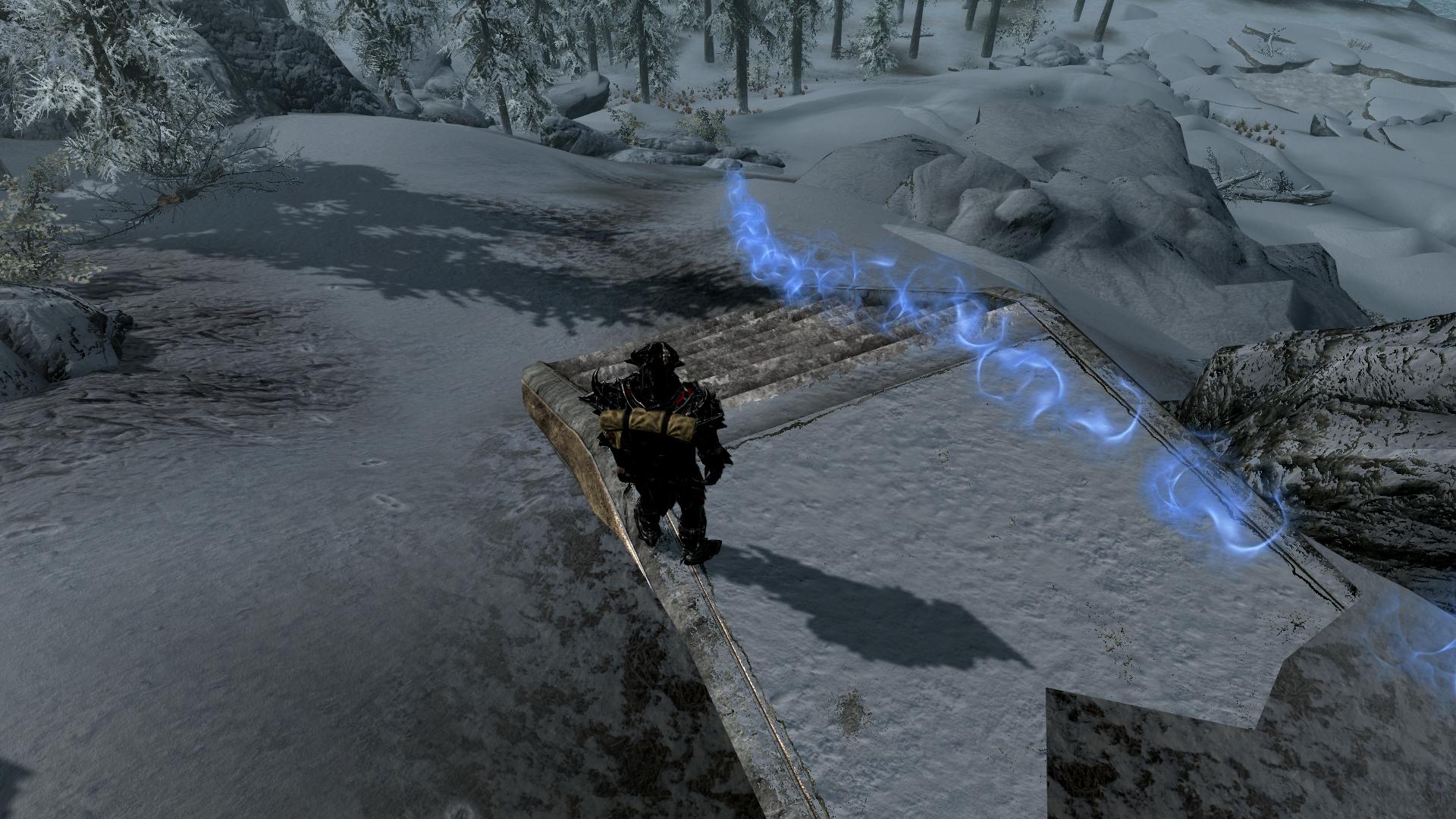Phil Welden is the radical indie game developer behind the viral hit Sebil Engineering.
Phil is an independent game designer who believes Epstein killed himself.
Freedom in games is a strange, somewhat illusive concept. We all want it, but it can be hard to pin down exactly what produces this feeling of freedom. Games without rules are merely toys, so removing rules can’t be the answer. Reducing difficulty also will not produce freedom, as this only deconstructs the games purpose. To give players freedom, we must give them the proper context to understand challenges and how to overcome them. Context is what allows players to experiment and push themselves to create inventive ways to overcome the challenges. The game Super Meat Boy masters this freedom by presenting the player with a punishingly difficult platformer, each level requiring greater dexterity and precision, but upon failure allowing the player to instantly restart and try again. This feature strongly supports and encourages the rest of the game, which is a high speed, precise and very difficult platformer. There are many bad ways the designers could have chosen to lessen the challenge like mid-level checkpoints, slow-motion powerups, and so on. But these would have subverted the games original purpose. Instead, we must find ways to enable players to overcome challenge so that they can exercise the freedoms they want.

The illusion of player freedom
It may be natural for a designer to think that removing or subverting the game rules will give the player more freedom. Just as the walls of a house create the shape of it’s interior, the rules of a game create it’s possibility space, and in turn create the game’s challenges. And just as sledgehammering a wall to make a room bigger may have unintended consequences, subverting the rules of a game will not give us the sense of freedom and achievement we want. To gain freedom, a player must embrace challenge and learn to overcome it. And so, designers must learn to guide players towards responsibility and self determination. Just as a well crafted tutorial can teach players the rules in a seamless and intuitive way, a well crafted game can naturally guide it’s players to explore it’s systems deeply and fearlessly.
Downsides to player guardrails
Many modern games contain guardrails intended to aid the player, but instead undermine the fundamental structure. Often this appears to have been done intentionally in order to create a hall of mirrors, to give the player the illusion of freedom and achievement without requiring effort. When you’re given a quest to find and kill a bandit but the game leads you along with quest markers pointing out each step, you’re not required to do any navigation yourself. Skyrim took this further with the spell ‘Clairvoyance’ which draws a line on the ground between you and your next objective, as if their intended audience wishes to simply follow orders and complete meaningless tasks.

Even worse, many games are moving towards more deceptive methods of tricking you into a false sense of achievement. The snowboarding game Steep has invisible funnels around the entrance of ramps that correct your path if you’re about to miss the jump. Far Cry 5 invisibly bends your bullets to land on target even when you missed and carefully choreographs each firefight so not to overwhelm the player. The goal here is to give you the result without the skill needed to achieve it but this doesn’t work. No matter how subtle they make them, you can always notice these guardrails. You can feel your path being redirected in Steep and you can tell you didn’t just land that headshot in FarCry. And then it all starts to feel fake and I don’t want to play anymore.
Rewarding player responsibility
Most multiplayer shooters have big, bold markers showing who’re your teammates so that you can easily stick together and only shoot at the bad guys. Often, games will even highlight your teammates through walls so you know those footstep sounds nearby aren’t a threat. These kinds of features are often seen as simply a convenience, making the game more enjoyable, but there are serious downsides as well. In the few games which don’t have these “conveniences”, the possibility space is more open. When you don’t know who’s a friend or foe, you cannot simply shoot everything that moves. You must be sure it’s an enemy and this extra pressure changes the whole experience. This can be seen in games like DayZ and Escape from Tarkov. In Tarkov, you have no markers showing who is your teammate or enemy, so you must learn to keep track of where they are and what they look like. If you don’t, when you see an enemy you may hesitate and get yourself killed. Something truly incredible which can only be done in games without teammate markers is integrating into an enemy squad before wiping them all out. Since most games have teammate markers, many players aren’t used to keeping track of each other. So a clever enemy can walk up behind your group and blend in. If he times it right, he can pick a few of you off before anyone can figure out which one is the enemy. Engaging you all from a distance may have had a slim chance of success but by leveraging your group's disorder he can mow you all down before any of you can react. This is the kind of freedom that we all live for. In this way, the more responsibility is given to the player, the more freedom they are allowed.
But removing these conveniences alone will not result in deeper gameplay. Neither will dropping the player into a complex simulation which they can’t readily understand. For a player to succeed, they need proper feedback Game design is half about the systemic rules and half about guiding the player. Truly great games synthesize the rules and the guidance together. Players don’t need you to hold their hand, they just need some context to understand the way things work.

DayZ removes nearly all of the standard conveniences of multiplayer shooters, and in doing so allows the space to fill these gaps with fresh ideas. A feature which enables DayZ’s highly social culture is something not found in almost any other shooter - your gun is not aimed forwards by default. When you equip any item it’s held in your hands down at your sides and guns are treated the same. To aim your gun you must hold the Right Mouse button and because of this fundamental change other players will know if you are planning to shoot them. In a standard shooter, with your gun always aimed forwards, there is almost no indication of your intent. In By keeping your weapon at your side, you’re signaling your neutrality. This allows for alliances to be negotiated and teams to form. Many of DayZ’s features work in this way, giving the player options to express their intentions, priming the social dynamics that drive much of the world.
Instead of trying to ease the burden of overcoming challenge, we should find better ways to give players the context they need to achieve their goals. Humans are smart, curious and love to be creative. It only takes a little push to get the ball rolling.
If you liked this content follow us on Twitter for more!










